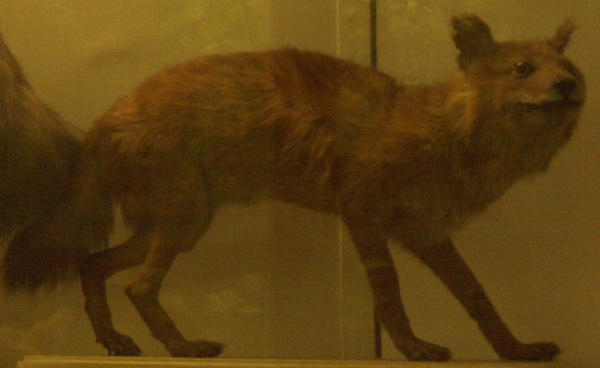Facts About Sumatran dhole
The Sumatran dhole, also recognized as the Sumatran wild dog, is a distinctive subspecies of dhole native to the Indonesian island of Sumatra. Its origins remain somewhat enigmatic, with some experts proposing that humans may have introduced these dholes to the Sunda Islands. Among all dhole populations, the Sumatran dhole is the smallest, characterized by its bright red fur, which is darker, coarser, and leaner in comparison to its relatives.
These dholes inhabit a variety of environments, including scrublands, grasslands, plains, tropical forests, and rainforests. However, their range has become limited to fragmented areas in Sumatra and Java, and they have become completely extinct in Singapore. The primary threats to their survival include habitat loss and fragmentation, driven by logging, agriculture, and infrastructure development.
In a positive development, camera trap footage from Kerinci Seblat National Park in Sumatra has confirmed that dholes still inhabit the area. This highlights the critical importance of ongoing conservation efforts to safeguard this rare subspecies.

 Papua New Guinea
Papua New Guinea